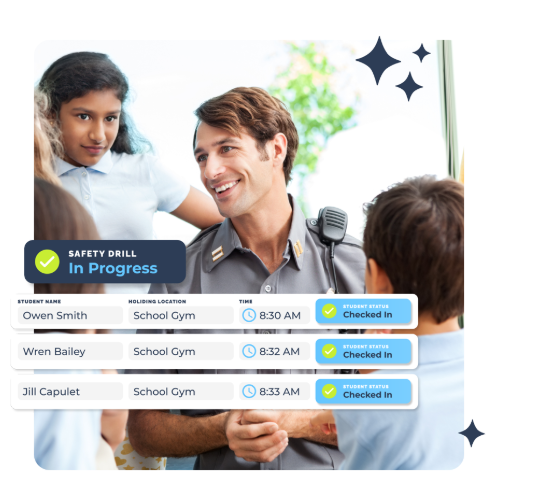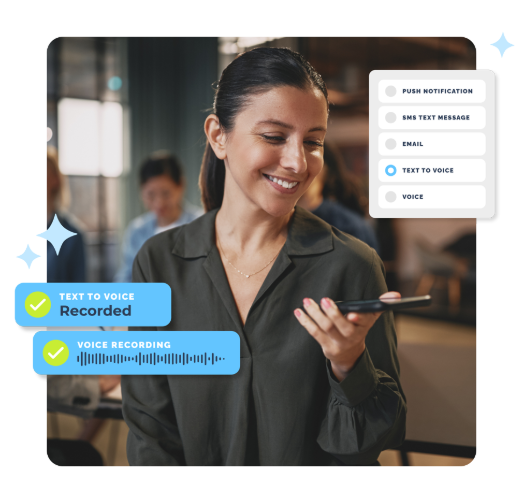
The move from paper to digital hall passes in schools is more than a tech upgrade—it's a cultural shift. Designed to improve student accountability, streamline movement, and reduce hallway misuse, a digital hall pass for schools offers powerful tools for administrators and educators. But one key element determines whether these systems succeed or fail: staff buy-in.
No matter how innovative the software is, if teachers, office staff, and aides aren’t on board, implementation will stall. The good news? With a thoughtful rollout strategy, clear communication, and integration with your school messaging system, your school can go from trial phase to full success.
In this post, we’ll walk through how to roll out digital hall passes with strong staff support from day one.
Why Digital Hall Passes Work
Before diving into implementation, it’s worth restating why digital hall passes are gaining traction:
Real-time tracking of student movement
Reduced hallway crowding and loitering
Improved classroom focus and fewer interruptions
Better data on patterns of behavior and discipline
Increased safety in case of emergencies or lockdowns
When paired with a school messaging system, digital hall passes can also alert staff in real time when students have been out of class too long—or when a restroom is already occupied, helping reduce misuse or conflicts.
But these benefits only come to life when staff feel the system works for them—not just as another layer of tech to manage.
Step 1: Involve Staff Early in the Process
The biggest mistake schools make is introducing a new system with little or no input from those expected to use it daily.
✅ Tip: Invite Feedback Before the Trial
Hold focus groups or surveys with teachers, front office staff, and student aides. Ask them:
What problems do you currently face with paper passes?
What concerns would you have about going digital?
What features would be most helpful to you?
This step creates early ownership and allows the implementation team to choose a digital hall pass system that addresses real-world classroom needs.
Step 2: Start with a Pilot—and Make It Visible
Once a system is selected, begin with a small-scale pilot. Choose a group of enthusiastic teachers, preferably across multiple grade levels or subjects, and empower them to test the platform for 2–4 weeks.
✅ Tip: Share Wins During the Trial
Use your school messaging system or internal staff newsletter to highlight:
Number of passes reduced
Hallway behavior improvements
Teacher testimonials or quotes
Time saved during class transitions
This builds excitement and sets a positive tone for school-wide rollout.
Step 3: Offer Simple, Hands-On Training
Training is critical—and it needs to be practical. Skip the long presentations and instead schedule:
In-person demos during staff meetings
Step-by-step handouts or videos for reference
Open Q&A sessions for tech-phobic staff
Teachers should walk away knowing how to:
Launch and end a pass
Set time limits
View real-time student status
Receive notifications
The simpler and more intuitive the platform, the faster adoption will happen.
Step 4: Align with School Policies
Any system is only as effective as the policies supporting it. Clarify:
When and how students can request a pass
Who approves it (teachers, aides, or automated)
What happens when time limits are exceeded
How passes are handled during emergencies
If possible, link hall pass procedures with broader discipline, attendance, or safety policies. This gives teachers confidence that the tool is consistent with your school's expectations.
Step 5: Communicate Frequently and Transparently
Throughout the rollout, use your school messaging system to keep communication clear, consistent, and supportive. Messages might include:
System updates or improvements
Reminders for training dates
Highlights from data (e.g., a 20% reduction in hallway incidents)
Quick success stories from staff
Consider setting up a feedback form so staff can share what's working and what needs adjustment.
Step 6: Celebrate Progress and Recognize Staff
Culture change takes time—and buy-in grows stronger when progress is acknowledged.
✅ Consider:
A staff leaderboard for digital pass usage
Monthly shout-outs to teachers with the fewest hallway incidents
Student recognition for using passes responsibly
Sharing hallway data trends with the leadership team and faculty
Make staff feel like partners in the success, not just users of a system.
Bonus: Build Emergency Protocols Into the Pass System
During lockdowns or fire drills, knowing where students are is critical. When integrated with your school messaging system, a digital hall pass for schools can help:
Show which students are out of class when the emergency starts
Send instant messages to those supervising common areas
Help office staff confirm all students have returned
Staff will appreciate this added safety layer—especially if they’ve ever experienced a drill where students couldn’t be accounted for.
Rolling out a digital hall pass for schools is about more than installing software—it's about building a system that supports teaching, reduces classroom disruption, and increases student safety.
By involving staff early, starting with a pilot, offering great training, and aligning with broader school systems (like your school messaging platform), you’ll turn even skeptical staff into advocates.
The result? A smarter, safer, and smoother school day—for everyone.









Write a comment ...